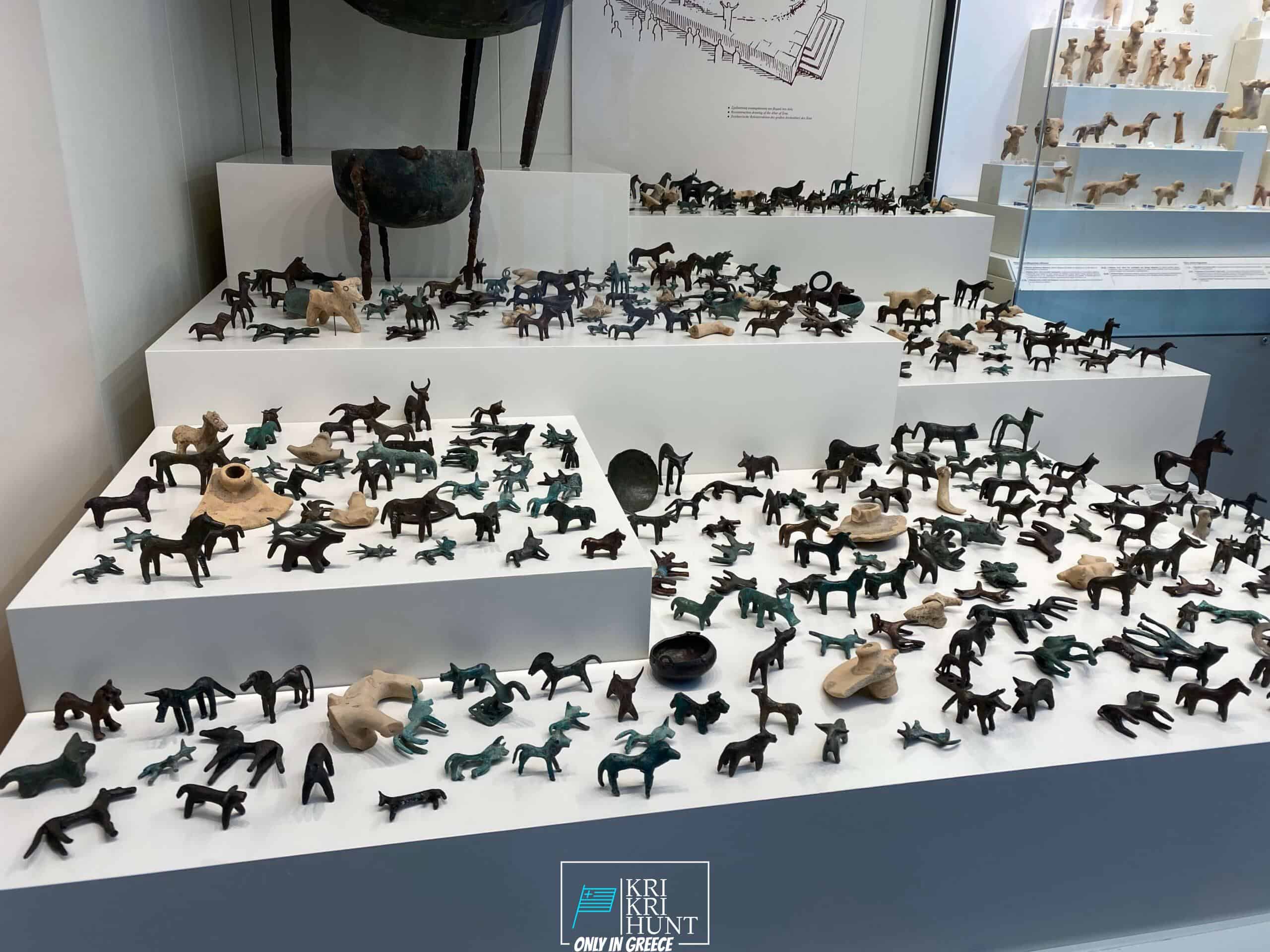
This ibex hunt is different from those experienced by a lot of hunters! When hunting for Kri Kri ibex in Greece, it's a wonderful trip and also searching journey all at once. A five-day expedition diving for shipwrecks as well as spearfishing involves hunting for Kri Kri ibex on an unique island. What else would certainly you such as?

This Ibex is not a diminutive form of the Bezoar Ibex, which has actually moved to the western edge of its variety. The kri-kri (Capra aegagrus cretica), additionally known as the Cretan goat, Agrimi, or Cretan Ibex, is a wild goat indigenous to the Eastern Mediterranean. The kri-kri (Capra aegagrus cretica), a feral goat living in the East Mediterranean, was when believed to be a subspecies of wild goat. The kri-kri has a light brown layer with a darker neck band. Their two sweeping horns increase from their head. The kri-kri is a reluctant and skeptical pet in the wild, relaxing during the day. They can jump long distances or climb relatively sheer high cliffs.
When you arrive in the Peloponnese peninsula is the strikingly beautiful landscape, the initial thing you will certainly see. The mountains, lakes, rivers, as well as woodlands make this location a nature lover's paradise. There are additionally plenty of opportunities for treking, angling, swimming, and various other exterior activities. Yet the Peloponnese peninsula is not almost its all-natural charm; there are likewise numerous historic and social sites to discover. Don't fail to remember additionally angling, free-diving and hunting. A few of one of the most preferred visitor locations in the Peloponnese include ancient Olympia, Epidaurus, Mycenae, as well as Sparta. These destinations offer a remarkable peek right into Greece's rich history and also culture. If you have an interest in discovering more regarding Greek folklore, after that you will definitely intend to see Mount Olympus, home of the 12 Olympian gods. Naturally, no trip to Greece would be complete without attempting some of the scrumptious food. The Peloponnese peninsula is home to several of the most effective olive oil worldwide in addition to feta cheese, olives, honey, and red wine. See to it to attempt some of the regional specializeds such as dolma (stuffed grape leaves), Souvlaki (barbequed meat skewers), and Gyro (meat wrapped in pita bread).
Experience 'Real' Greece with Our Peloponnese Tours. Look no better than our Peloponnese excursions if you're looking for an authentic Greek experience. From old ruins and castles to scrumptious food as well as wine, we'll reveal you whatever that this fantastic area has to provide. So what are you waiting for? Book your trip today! Your Kri Kri ibex searching in Greece is here!
What is the diference between Kri Kri ibex, Bezoar ibex and hybrid ibex
The kri-kri is not thought to be indigenous to Crete, most likely having been imported to the island during the time of the Minoan civilization. Nevertheless, it is found nowhere else and is therefore endemic to Crete. It was common throughout the Aegean but the peaks of the 8,000 ft (2,400 m) White Mountains of Western Crete are their last strongholds–particularly a series of almost vertical 3,000 ft (900 m) cliffs called ‘the Untrodden’—at the head of the Samaria Gorge. This mountain range, which hosts another 14 endemic animal species, is protected as a UNESCO Biosphere Reserve. In total, their range extends to the White Mountains, the Samaria National Forest and the islets of Dia, Thodorou, and Agii Pandes.
This Ibex is NOT a diminutive form of the Bezoar Ibex, which has migrated into the western-most reach of the range of this species. The kri – kri (Capra aegagrus cretica), sometimes called the Cretan goat, Agrimi, or Cretan Ibex, is a feral goat inhabiting the Eastern Mediterranean, previously considered a subspecies of wild goat. The kri-kri has a light brownish coat with a darker band around its neck. It has two horns that sweep back from the head. In the wild they are shy and avoid tourists, resting during the day. The animal can leap some distance or climb seemingly sheer cliffs.
“The agrimi goat Capra aegagrus cretica is unique to Crete and its offshore islands. It has been identi®ed as a sub-species of the wild bezoar goat Capra aegagrus aegagrus Erxleben, 1777, which it closely resembles in horn shape, body form and coloration. This classi®cation has been disputed by some researchers who claim that the agrimi are feral goats, derived from early domestic stock brought to the island by the ®rst Neolithic settlers. In order to clarify this issue, DNA analyses (cytochrome b and D loop sequences) were carried out on tissue of live and skeletonized agrimi and compared to sequences of wild and domestic caprines. Results conclusively show the agrimi to be a feral animal, that clades with domestic goats (Capra hircus) rather than with wild Asiatic bezoar. This study demonstrates that morphometric criteria do not necessarily re¯ect genetic af®nities, and that the taxonomic classi®cation of agrimi should be revised.”